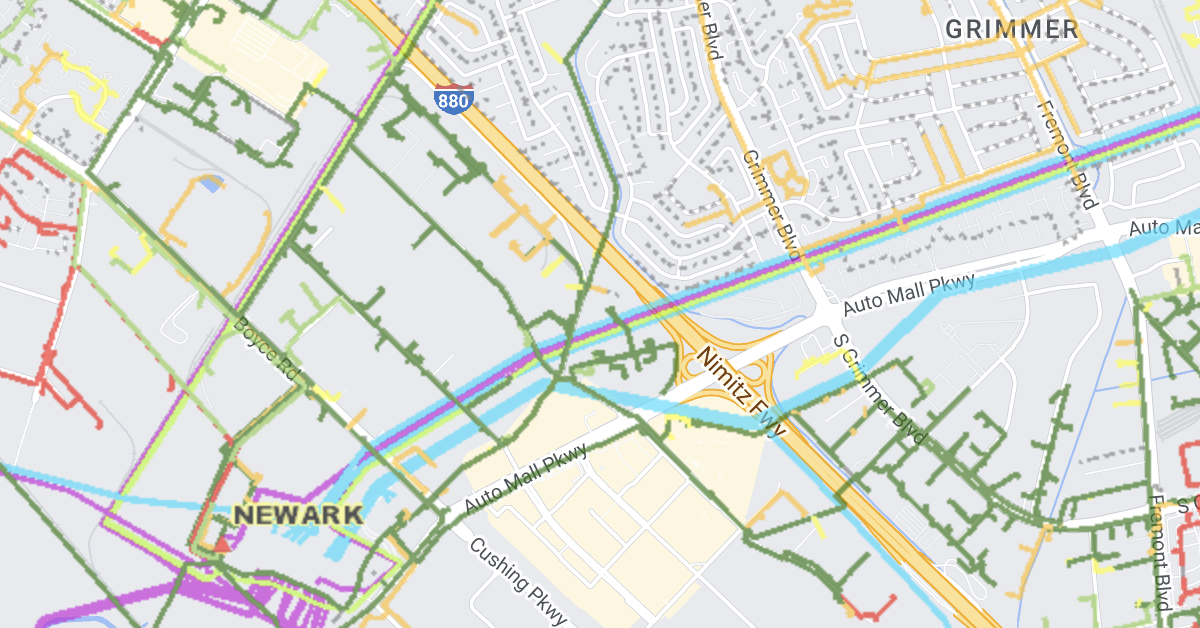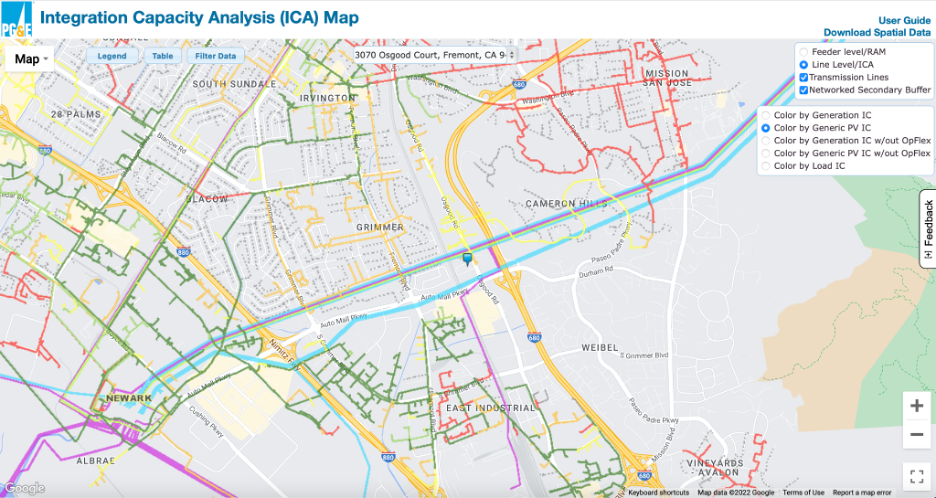This post was written by Josh Weiner, Solar Expert Witness & Solar Engineering Expert. Mr. Weiner has been at the forefront of the solar industry for over 20 years and is an industry leader on solar engineering. Josh’s expertise spans both in-front of and behind-the-meter applications including residential, commercial & industrial, utility, grid-scale, solar storage, and ev charging.
Last month we launched a Thanks/Giving program that expressed gratitude to our clients for their loyal business in 2022. With that gratitude we wanted to give back. We searched for an organization that fit not only the mission and goals of SepiSolar, but also the missions and goals of most of our clients so that, in a way, we were donating on their behalf. We searched for an organization that supported the growth of the solar industry, and alleviated burdens of low income and disadvantaged communities.
On Wednesday, November 23rd, we announced that 1% of SepiSolar’s expected 2022 net income would be donated to GRID Alternatives. In this month’s blog post, we’d like to tell you more about Grid Alternatives, and why we feel they’re a good fit for our Thanks/Giving program.
About Grid Alternatives
GRID Alternatives is a non-profit organization that works to promote and provide access to clean, renewable energy for low-income communities. Its mission is to make renewable energy technology and training accessible to underserved communities, and to promote the use of renewable energy as a means of addressing social, economic, and environmental issues.
GRID Alternatives works on a variety of projects in the United States and internationally, including the installation of solar panels on the homes of low-income households, the development of community solar projects, and the implementation of energy efficiency measures in affordable housing. The organization also provides job training and education programs for individuals from underserved communities, helping them to enter the renewable energy industry.
GRID Alternatives’ work has a number of impacts, including reducing greenhouse gas emissions, improving public health by reducing air pollution, and providing affordable access to clean energy for low-income households. The organization’s job training programs also help to create career opportunities in the growing renewable energy industry, particularly for individuals from underserved communities who may have previously had limited access to these types of jobs.
GRID Alternatives Helps Low Income Families
GRID Alternatives has a number of specific impacts on low-income families:
1. Reduced energy bills: By installing solar panels on the homes of low-income households, GRID Alternatives helps to reduce energy bills and make energy more affordable for these families. Solar panels can generate a significant portion of a household’s energy needs, which can result in significant savings on monthly energy bills.
2. Improved health: GRID Alternatives’ work helps to reduce air pollution, which can have a number of health benefits for low-income communities. By promoting the use of clean, renewable energy sources, GRID Alternatives helps to reduce the negative health impacts of air pollution, such as respiratory issues, heart disease, and stroke.
3. Economic benefits: GRID Alternatives’ job training programs can provide economic benefits for low-income families by helping individuals from these communities enter the renewable energy industry and gain access to well-paying, stable jobs.
4. Environmental benefits: GRID Alternatives’ work helps to reduce greenhouse gas emissions and protect the environment. By promoting the use of clean, renewable energy sources, GRID Alternatives helps to reduce the negative environmental impacts of fossil fuel use, such as air pollution and climate change.
Overall, GRID Alternatives’ work helps to improve the quality of life for low-income families by reducing energy costs, improving health, providing economic opportunities, and protecting the environment.
GRID Alternatives Trains the Next Generation of Solar Professionals
GRID Alternatives provides a variety of training programs to help individuals enter the renewable energy industry and become solar professionals. These programs include:
1. Hands-on training: GRID Alternatives provides hands-on training opportunities through its solar installation projects, where individuals can work alongside experienced solar professionals and learn about solar panel installation and other related skills.
2. Formal education programs: GRID Alternatives offers a range of formal education programs, including courses and certification programs, to help individuals learn about renewable energy and gain the knowledge and skills needed to become solar professionals.
3. Apprenticeship programs: GRID Alternatives offers apprenticeship programs that provide on-the-job training and education, allowing individuals to learn from experienced professionals while also earning a wage.
4. Job placement assistance: GRID Alternatives provides job placement assistance to help individuals who have completed its training programs find employment in the renewable energy industry.
Overall, GRID Alternatives’ training programs are designed to provide individuals with the knowledge and skills needed to enter the renewable energy industry and become solar professionals, with a focus on helping individuals from underserved communities gain access to these types of careers.
During this season of giving, we encourage everyone to give generously to an organization they believe will make the world a better place. We chose GRID Alternatives. Whatever your focus or beliefs, let’s all find ways to contribute, to give back, and to uplift those less fortunate than us.
From all of us here at SepiSolar, Happy Holidays and Happy New Year.





